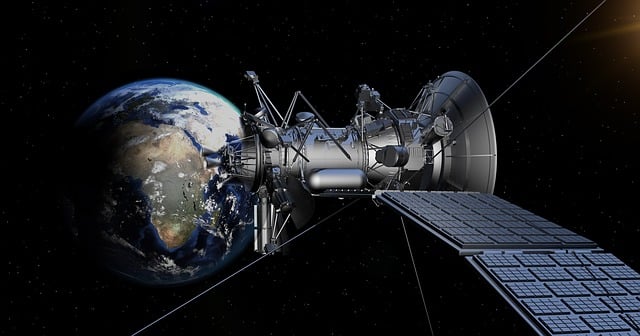A new piece of technology that is set to “transform” how weather agencies like the Met Office make forecasts has been successfully launched into space this week. The cutting-edge satellite, Metop-SG A1, is the first in the Metop Second Generation series. It launched in the early hours of Wednesday 13 August, from French Guiana in South America.
The project is a collaboration led by EUMETSAT (European Organisation for the Exploitation of Meteorological Satellites) and the European Space Agency. Metop-SG A1 is the first of six satellites in the series that are scheduled to launch over the next 15 years. The team behind the project hopes it will improve the accuracy of weather forecasts globally.
The satellite is a polar orbiter, which means it will pass close to both the North and South Poles during its path. It will be positioned approximately 800km above the Earth and will complete an orbit in around 100 minutes. Over the course of a day, Metop-SG A1 will provide imaging of the entire globe. It will begin the process of replacing the first generation of satellites, which are gradually being taken offline after around 15 years of service.
Once the orbiter is operational, new and more detailed data will be processed into weather forecasting models, allowing for more accurate predictions on a worldwide scale. It is expected to take about a year for Metop-SG A1 to complete its commissioning phase and begin sending operational data. The Met Office will receive data from EUMETSAT as well as directly from the satellite as it passes overhead, thanks to a new tracking dish at the national forecaster’s headquarters in Exeter.
Image source: Pixabay









